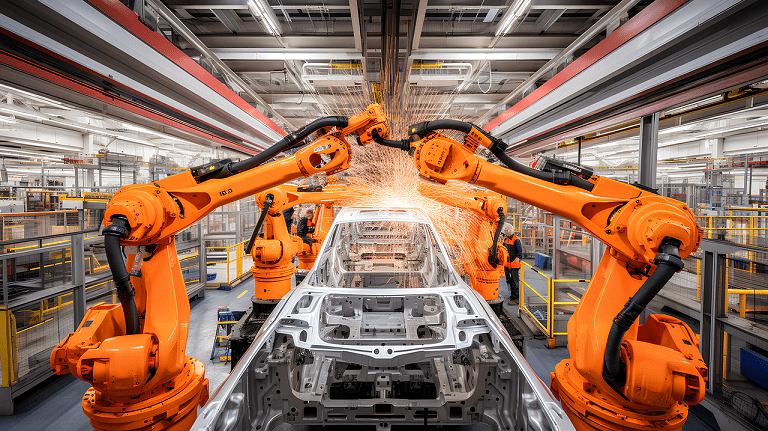
Advantage Worker
9/25/2023
The US Tennis Open recently concluded in NYC, and one phrase used in every match was “advantage (a player’s name).” This year, there has been a major global match occurring between companies and their workers. Based on outcome after outcome between workers’ demands for higher pay and better benefits from employers, the game has clearly been “advantage workers.” There is uncertainty about whether there was a single event that perpetuated this environment, but there are sharp indications that employees have a strong position in negotiating better pay and benefits packages from their employers. The combination of COVID retirements, record corporate profits, high inflation, and a persistently strong employment market appears to have empowered workers to ask for more. This perfect storm for labor has seen workers stretch their power in new ways.
For the last 40 years, labor unions have seen their membership ranks drop dramatically, but in the last year, labor unions have been flexing their newfound muscles and appear to be getting results. Two of the biggest in America, the Teamsters Union, and the United Auto Workers Union, are seizing the opportunities that a low unemployment rate has created. Today, the United Auto Workers are striking select factories of Ford, GM, and Stellantis. The union’s members want higher wages to combat inflation. They are also demanding better benefits and a shorter work week. The current standoff with the automakers is pitting a union that seeks increases estimated to be 45% against companies currently offering increases of approximately 20%.
The Teamsters have already successfully negotiated for 340,000 full-time and part-time UPS workers a package that will provide full-time employees $170,000 in pay and benefits when the new contract is fully realized. Hollywood writers are striking for more money for their creative writing and protection from the perceived threat of artificial intelligence.
Airline companies have seen record profits as a post-Covid travel bonanza has occurred. Airline pilots and their union has successfully negotiated significantly better pay and retirement packages because of these surging profits. The taxpayer bailout of the airline industry during the COVID-19 Pandemic is now a $54 Billion note of the past. One of the biggest labor tests is still looming at Amazon. Historically, Amazon has refused to engage in the discussion regarding pay with unionized workers. What could happen if Amazon’s 1.5 million workers started to believe it’s now their “Prime Time?”
So, what is the big deal? Workers should be paid fairly. Our question is, what are the potential market impacts? We currently have a Fed that is fighting to get inflation under control, and one of the tools they use is interest rates. Higher wages for workers could mean that pay increases will be spent in grocery stores, malls, and vacations, potentially adding more inflationary pressure on goods. Companies that agree to pay higher wages will potentially look to recover those costs through higher prices of the goods they produce. All this potentially makes the Fed’s job, and their current goal of reducing inflation, more difficult.
Carl Gambrell

